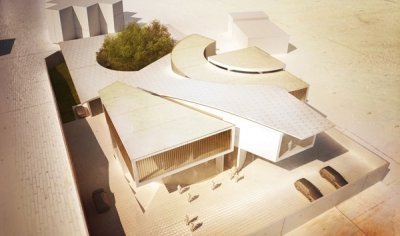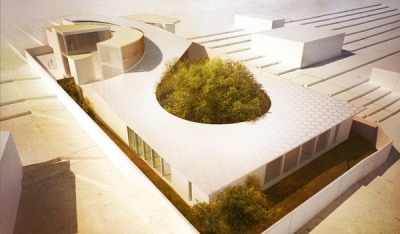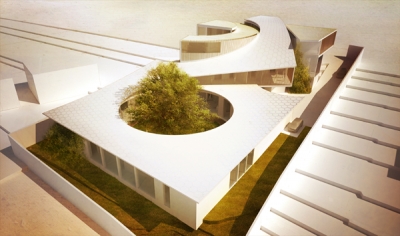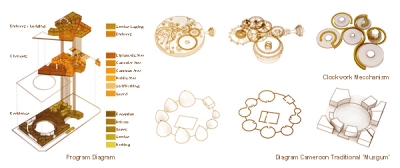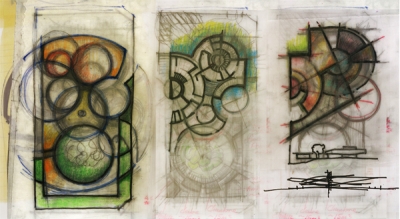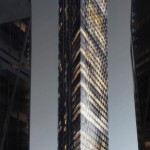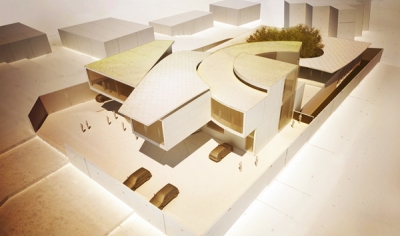
Project: Swiss Clockwork Embassy
Designed by Matteo Cainer Architects
Client: Swiss Confederation, OFCL
Location:
Website: www.matteocainer.com|
Matteo Cainer Architects are sharing with us the design for Swiss Clockwork Embassy in Cameroon, sentiment behind the design comes from the qualities of a Swiss timepiece. For more images along with architect's description of the project continue after the jump:

From the Architects:
The design of the new Swiss Embassy in Yaoundé pays tribute to its renewed presence in the
The qualities of a Swiss timepiece offer an interesting metaphor for a building with a complex and symbolic role. Not only does the mechanism and synchronised movement resolve the complexity and secure requirements of the Embassy itself, but it can also represent the underlying beauty of a pragmatic and essential artefact.
The three principal components that make up the Embassy complex, the Chancellery, the Ambassador’s residence and the staff quarters, are conceived as separate elements, and as the components of a timepiece each is expressed at its own scale. These principal elements are each informed and enriched by their own language and references. The Ambassador’s residence takes its form from the traditional
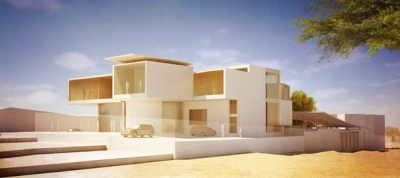
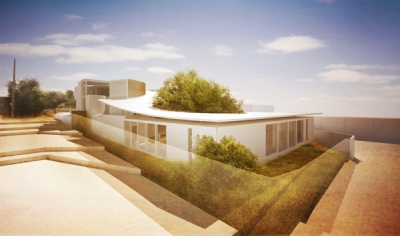
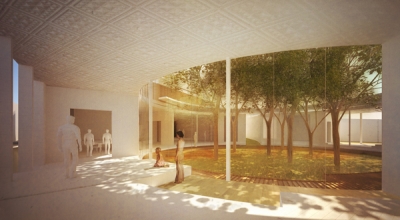
Achieving a sustainable design was key to the process, from an innovative selection of engineered building components to the building’s orientation. Digitally controlled external sunshades manufactured in Switzerland respond to and protect the interiors from the intense heat/solar gain and the resulting energy savings to provide cooling. The exposed concrete structure provides the thermal mass to reduce peak-period cooling demands and highly efficient lighting systems and a strongly insulated building skin reduce the overall energy consumption. A low maintenance “sedum” green roof over the Chancellery provides considerable energy savings, while the roof-mounted solar panels generate green electricity to reduce energy requirements for the heating of water. The installation of photovoltaic panels contributes to the Embassy’s annual power requirement. Internal heating and cooling will be effectively achieved by boreholes/earth tubes or crypt cooling, allowing air to circulate through large diameter underground pipes, with internal heat build-up by circulating air and discharging via a stack. The proposal makes efficient use of the intense rainfall and humidity in this region. The roof over the Residency is suspended over a ventilated void to keep the roof dry. The rainwater collected from the Chancery roof is stored and used for irrigation and grey water purposes. Rainwater collected from the garden is naturally purified and stored as potable water for the entire complex.
The calm external simplicity of the proposal conceals an inner complexity. The layered and interconnecting spaces are developed from the concept diagrams of the time-piece mechanism. The passing of time is represented by the constantly changing patterns of shadows that are cast across the internal wall and floor surfaces. The interconnecting internal spaces, clad in natural materials, retain the complex fascination that lies within the casing of a timepiece. Constructed according to Swiss “Minergie Standards,” the new Embassy will be an exemplar of efficient and sustainable energy, learning from and integrating the qualities of the Cameroonian and Swiss people and their cultures.


